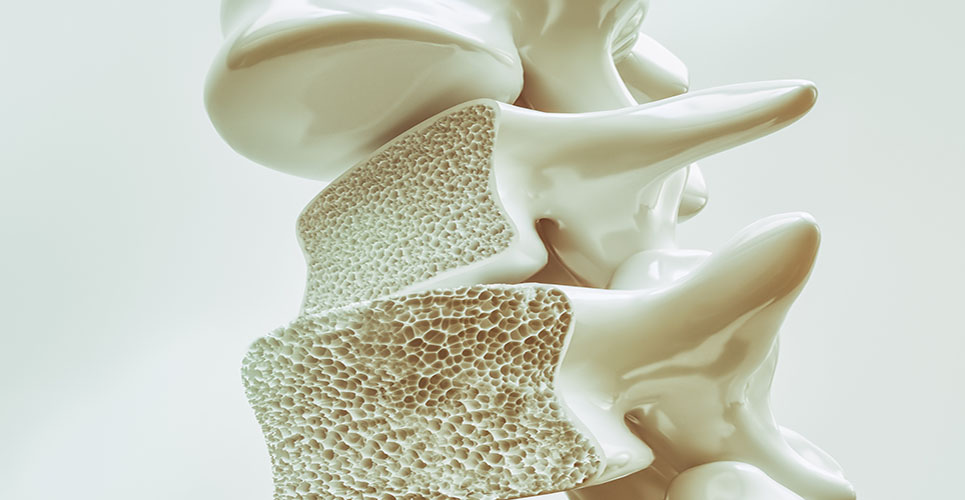Raloxifene competes with endogenous oestrogen at oestrogen receptors in breast tissue. Knowing that as endogenous oestradiol increases, so does risk of breast cancer, American researchers have been testing whether raloxifene reduces breast cancer risk more in women with relatively high oestradiol levels than in women with very low oestradiol levels.
A randomised double-blind, placebo-controlled trial was conducted from 1994 to 1999 in 25 countries. The participants comprised 7,290 postmenopausal women aged 80 years or younger with osteoporosis who had baseline serum oestradiol concentrations. Participants were randomly assigned to receive 60mg/day raloxifene, 120mg/day or matching placebo for four years.
In the placebo group, women with oestradiol levels greater than 10pmol/l had a 6.8-fold higher rate of breast cancer than women with undetectable oestradiol levels. Women with oestradiol levels greater than 10pmol/l in the raloxifene groups had a 76% lower rate of breast cancer than women with oestradiol levels greater than 10pmol/l in the placebo group. Women with undetectable oestradiol levels had similar breast cancer risk whether or not they were treated with raloxifene.
In this cohort, treating women with oestradiol levels greater than 10pmol/l with raloxifene for four years would have avoided 47% of breast cancer cases. The authors concluded from these results that measuring oestradiol and treating women with high oestradiol levels could substantially reduce the rate of breast cancer among postmenopausal women.
Cummings SR, Duong T, Kinyon E, et al, for the Multiple Outcomes of Raloxifene Evaluation (MORE) Trial. Serum estradiol level and risk of breast cancer during treatment with raloxifene. JAMA 2002;287:216-20.

